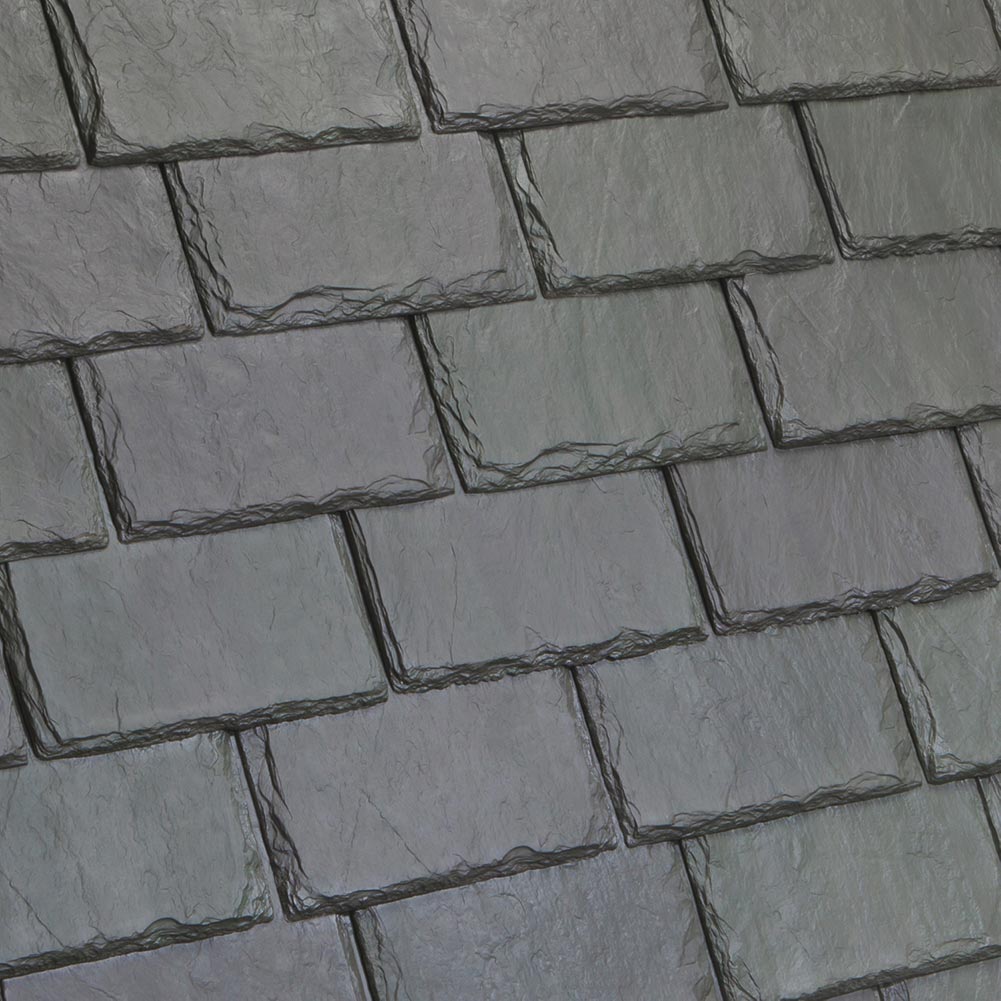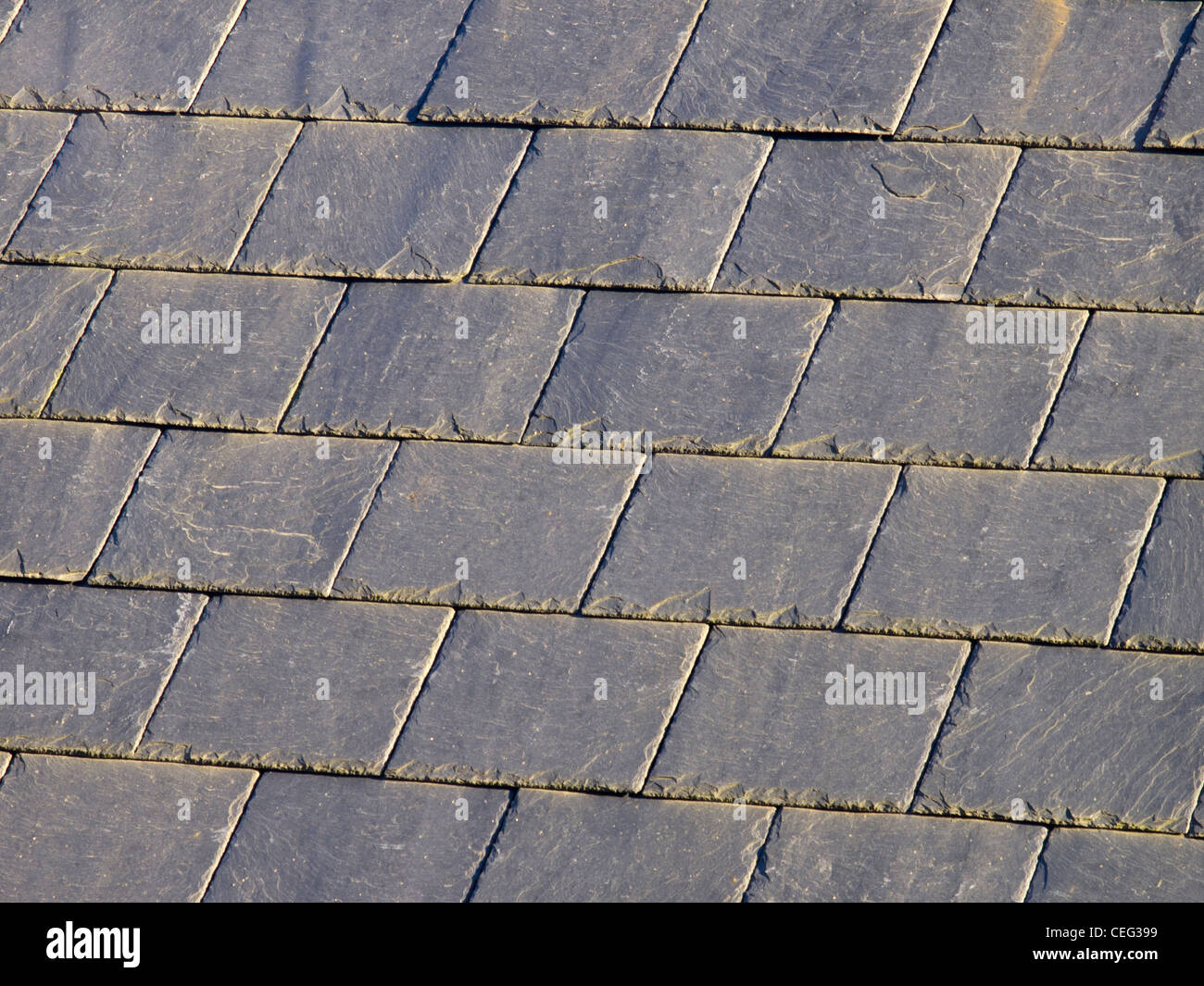
While it can provide you with peace of mind that your roof can resist heavy winds, the structure of your home must be strong enough to sustain it. Weight: The total weight of all slate tiles can be really heavy.Therefore you should look for a local roofing contractor with extensive expertise installing this type of roofing system.
SLATE ROOF TILES INSTALL
It can be overwhelming and complicated to install a slate roof.

The following are some of the key advantages of installing slate roofing over other types: If you’re looking for a more traditional look that goes well with the timeless appeal of slate tiles, then a graduated slate roof is a great choice. This process creates an effective way of diverting water away from your home. The widest and longest slates are installed at the eaves, while the rest of the tiles are “graduated,” with the shortest and narrowest closer to the top of the roof. Apart from its timeless and sturdy appeal, this style offers additional functionality not usually found in other types. Standard Slate RoofĪ graduated slate roof is quite common in traditional houses in the United Kingdom and Scotland but not as common in the U.S. Some roofing contractors may have their own variations, but they usually boil down to these types: 1. What are the Different Slate Roof Tile Shapes and Styles?īelow are some of the options available for you if you’re planning to have a slate roof installed. They all have extreme durability, resistance to fire, and imperviousness to moisture.


While there are many different types of slate roof materials these days – from concrete to metal to synthetic composites – all of them share the same properties.

As such, it’s no wonder a natural slate roof can last for more than 150 years. They are composed of natural minerals which formed between 450 to 600 million years ago. Natural slate tiles come from quarries in select locations such as Pennsylvania, Ohio, and New Jersey. A direct product of nature, this metamorphic rock is from deep within the Earth, where it’s transformed by pressure and heat into a very dense and hard rock. The use of slate tiles for roofing has proven itself throughout history and continues to do so, even with the technological advancements we have today.


 0 kommentar(er)
0 kommentar(er)
